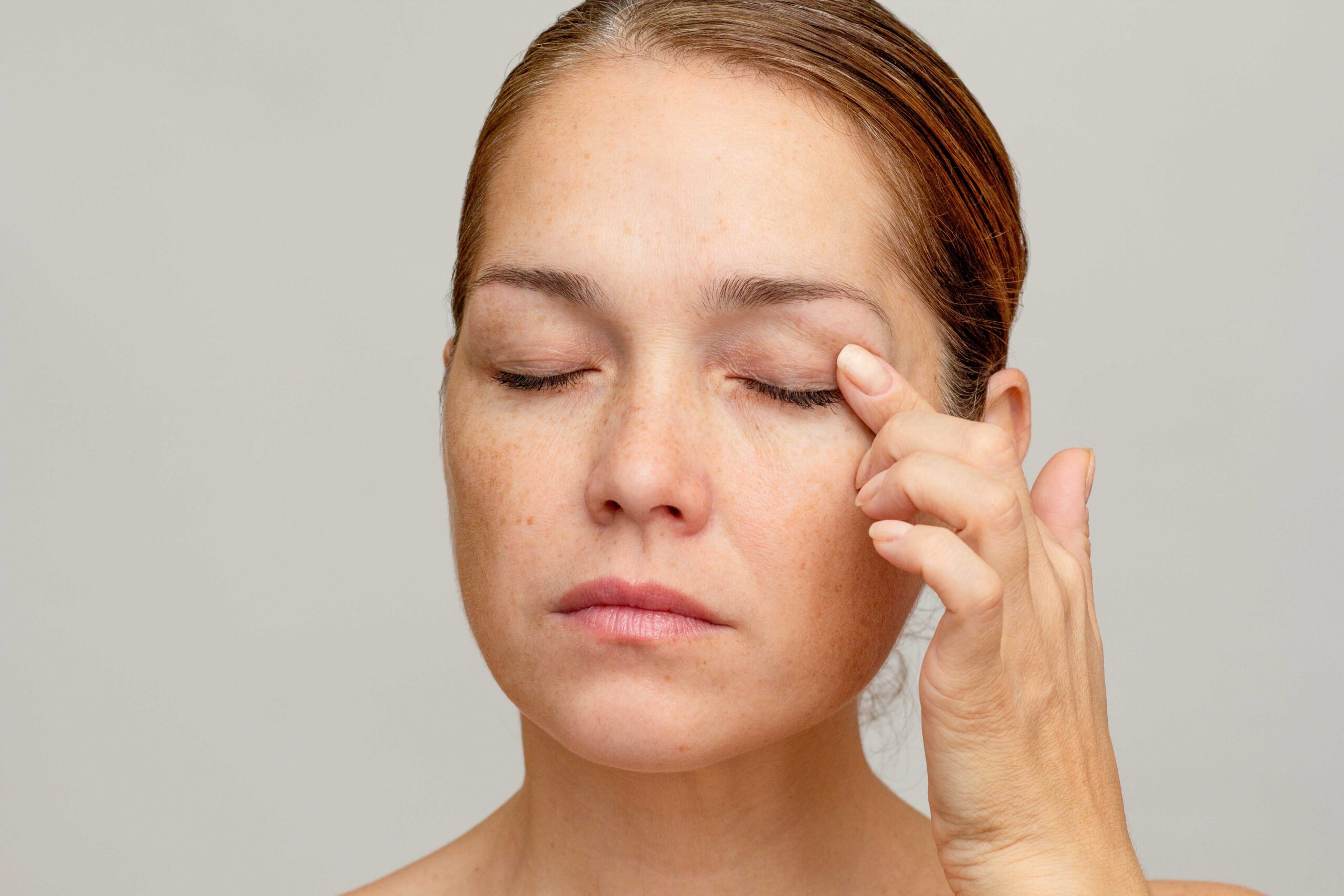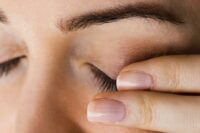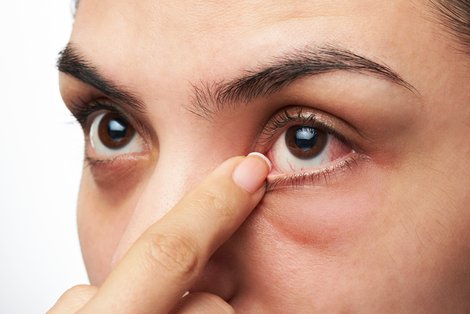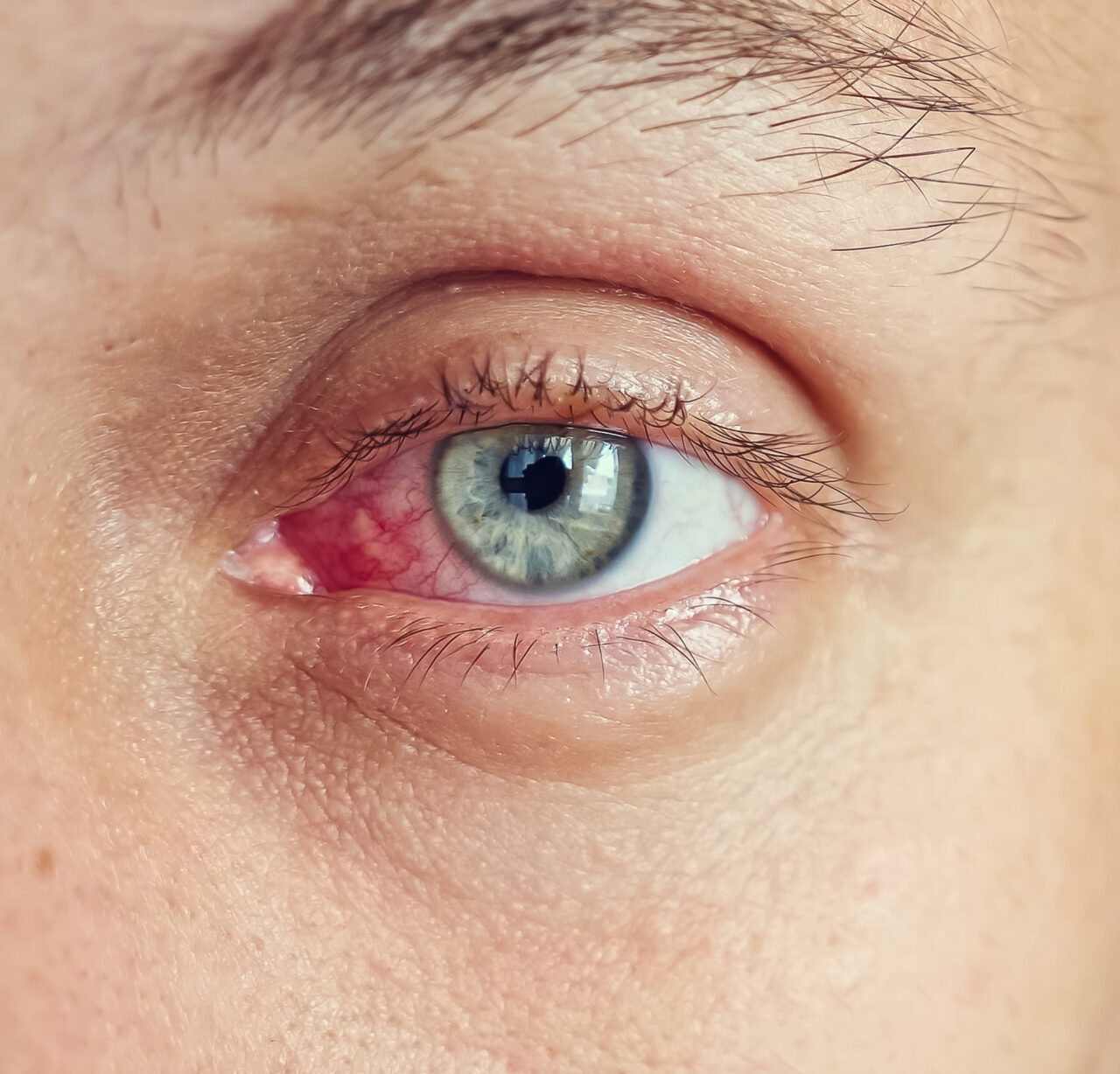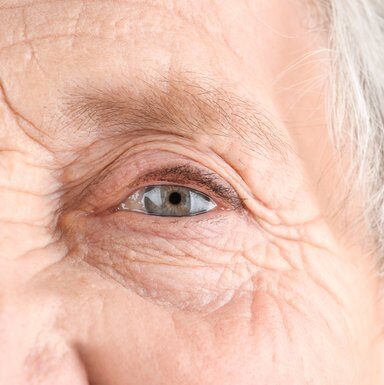Firstly, age is a significant factor. As we get older, changes in our meibomian glands can lead to decreased lipid production and altered lipid composition, contributing to MGD. This is particularly noted in individuals over 60 years.3
Our modern lifestyle also plays a role, especially prolonged screen time. Staring at computer screens reduces our blink rate, leading to decreased lipid delivery from the meibomian glands and, consequently, MGD. Studies have shown a strong association between extensive computer use and MGD, highlighting the importance of taking regular breaks and practicing good screen hygiene.4,5.
Hormonal changes, particularly due to menopause, can influence meibomian gland function. Hormone Replacement Therapy (HRT), for instance, has been linked with an increased risk of developing MGD among postmenopausal women, underscoring the complex interplay between hormones and eye health.6
Infections and infestations, such as chronic anterior blepharitis and Demodex mite infestation, can lead to MGD by affecting the eyelid margins and meibomian gland function. These conditions create a hostile environment for the glands, contributing to the dysfunction.2
In summary, MGD can stem from a variety of sources, ranging from natural aging processes and hormonal changes to lifestyle factors and infections. Understanding these can help in managing and, hopefully, mitigating the symptoms associated with MGD. So, whether it’s adjusting screen time, addressing hormonal imbalances, or tackling eyelid infections, there are steps we can take to keep our eyes healthier and more comfortable. Remember, a little awareness goes a long way in preserving our eye health!

